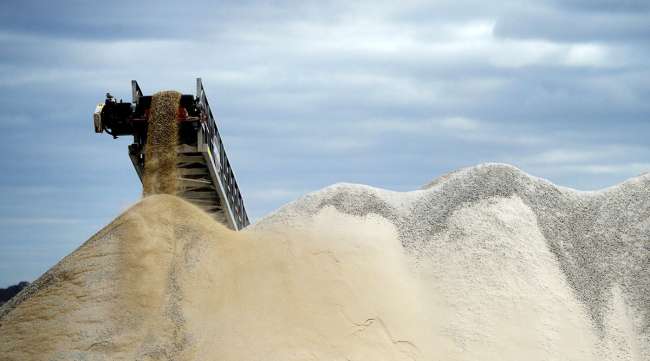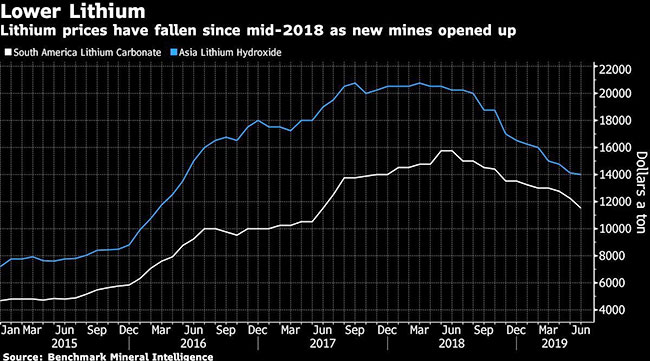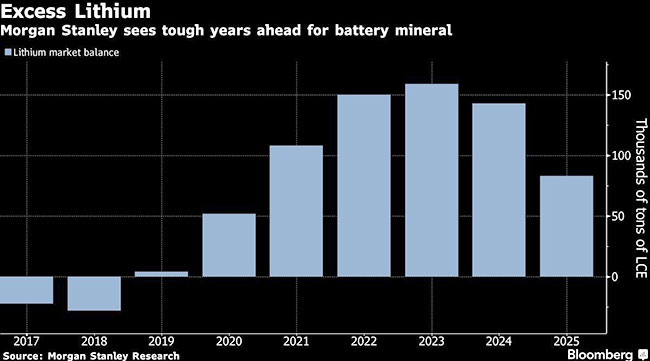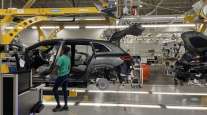Lithium Boom Is Coming, Just not Overnight

[Stay on top of transportation news: Get TTNews in your inbox.]
Lithium miners are bulking up for a booming future when electric cars go mainstream. But speed bumps loom, with prices tumbling on a burst of new production and demand growth slowing in China.
Between mid-2015 and mid-2018, prices for lithium, the soft, silvery-white metal crucial for rechargeable batteries, almost tripled as the world’s fleet of electric vehicles hit the 5 million mark, and the auto industry began to fret over the supply of raw materials.
That sparked the opening of six lithium mines in Australia since 2017 as companies raced to gain from an evolving technology. But while the EV boom is coming, it isn’t here yet. Sales growth is slowing in China, the top market, and the drive to fill the battery supply chain has cooled. The result: a 30% price plunge for lithium that is spurring concern over where the bottom may lie.
“The latest EV data did reveal slowing growth, inferring that on top of excess supply, demand is now a problem,” Vivienne Lloyd and other analysts at Macquarie Capital Ltd. wrote in a report this month. “The key interest for investors should be who is likely to survive.”
In the first quarter of 2019, sales of electric vehicles in China, the largest market for EVs, grew by about 90% compared with a year earlier. While that sounds impressive, it is half the growth seen between 2017 and 2018, according to Nikolas Soulopoulos at Bloomberg in London.

Meanwhile, lithium output in Australia, the world’s leading producer, is expected to rise about 23% over the next two years. And last month, the mining minister for No. 2 Chile, Baldo Prokurica, said the current administration was seeking to double that country’s production within four years.
Lithium producers face other pricing hurdles as well, including a slowdown in the world’s ability to convert mined ore into lithium materials. Some converters in China reported delayed expansion due to overly aggressive project time lines, extended periods to commission their facilities, and tightened credit, according to a July report by Orocobre Ltd.
In response to the delays, Perth-based Pilbara said in June that it planned to temporarily slow the pace of production.
Even though the long-term demand outlook still looks strong, some producers are lowering their earnings forecasts for the short-term. Earlier this year, Belgium-based Umicore SA, the world’s largest lithium ion cathode maker, lowered its earnings guidance through the end of 2019, citing weaker demand and the shutdown of energy storage systems in South Korea.
While Umicore said it expects “significant growth in revenues and earnings in 2020,” its previous projections of 100,000 tons of cathode materials sales in 2019 and 175,000 tons capacity by the end of 2021 are now on a 12- to 18-month lag.

Top lithium miner Albemarle Corp. and Livent Corp. also cited weakening demand and low prices as the cause of business headwinds and production delays.
“There’s a trade-off,” said Joel Jackson, an analyst at BMO Capital Markets.
“[Producers] see that electric vehicles will take off years from now, and they want to be the dominant players in 2023, 2025, 2030,” Jackson said. “So they’ll try to build out what they believe will be the supply needed to service lithium demand years from now, and they want to get their products out there first.”
By 2025, the market for mined lithium raw material may be worth $20 billion, compared with $43 billion for refined products and $424 billion for battery cells, according to a base case scenario outlined in a 2018 study published by the Australia-based Association of Mining and Exploration Companies.
By 2030, the supply of lithium-ion batteries will need to increase by more than 10-fold, Bloomberg forecasts, with electric vehicles to accounting for more than 70% of that demand.




